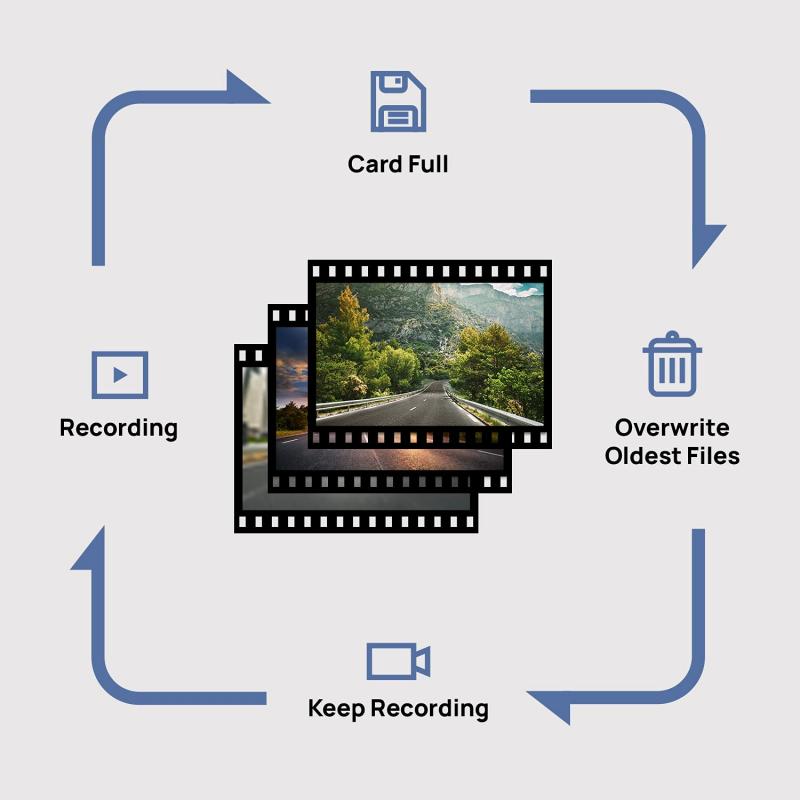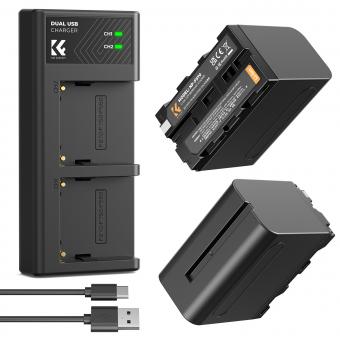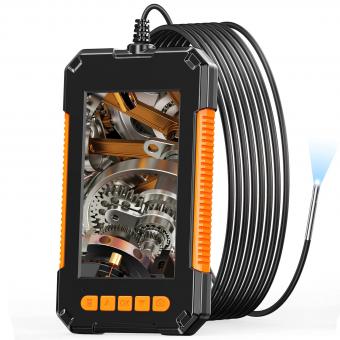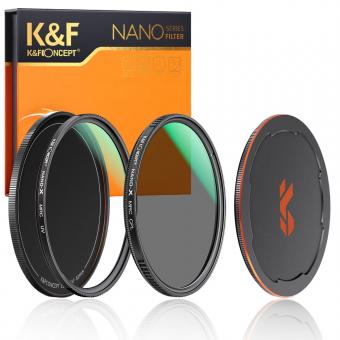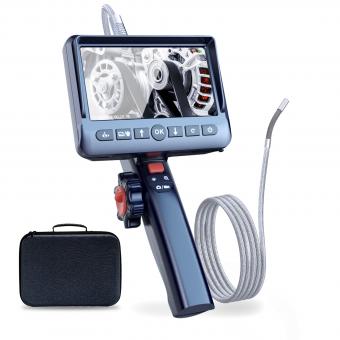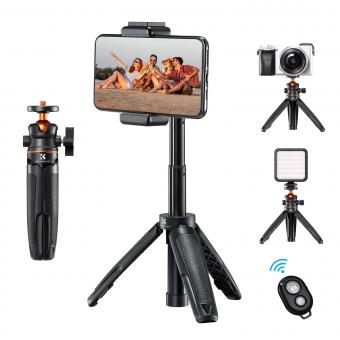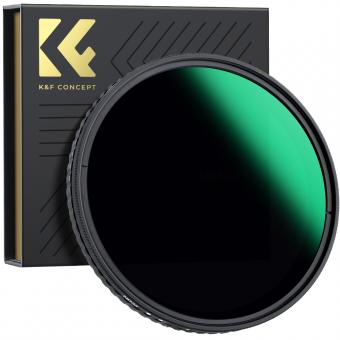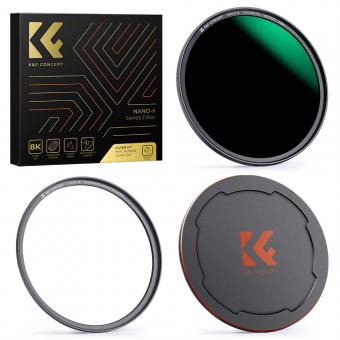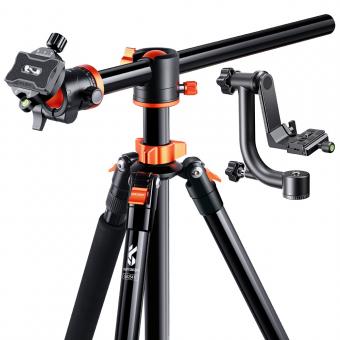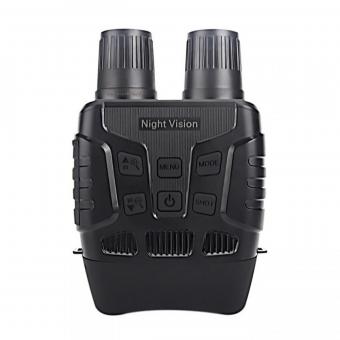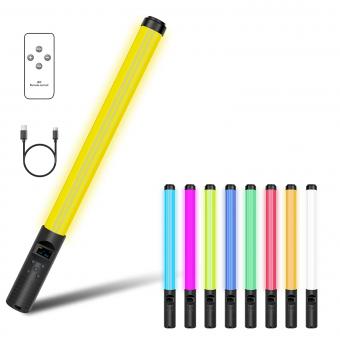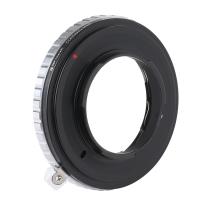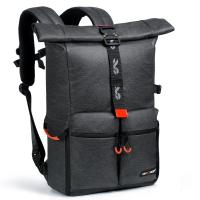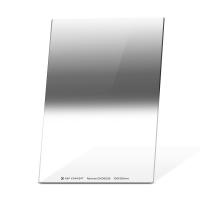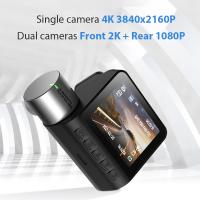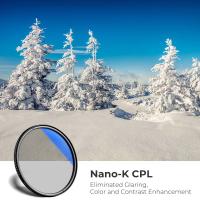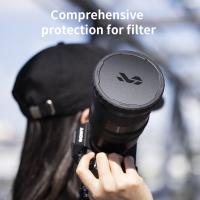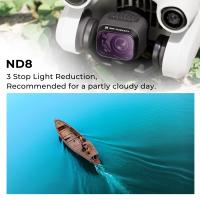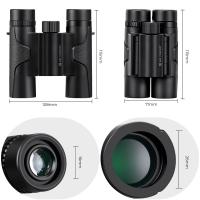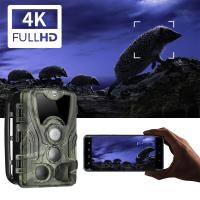What Is Most Powerful 10x50 Or 12x50 Monoculars ?
The 12x50 monoculars are generally considered more powerful than the 10x50 monoculars.
1、 Magnification: 12x50 monoculars offer higher magnification than 10x50 monoculars.
When comparing the power of monoculars, it is important to consider both the magnification and the objective lens diameter. In this case, the magnification is the factor that determines the level of zoom or enlargement provided by the monocular. Therefore, it can be concluded that 12x50 monoculars offer higher magnification than 10x50 monoculars.
A 12x50 monocular provides 12 times the magnification of the naked eye, meaning that objects will appear 12 times closer than they actually are. On the other hand, a 10x50 monocular offers 10 times the magnification. This higher magnification of the 12x50 monocular can be advantageous in various situations, such as birdwatching, wildlife observation, or stargazing, where the ability to see distant objects in greater detail is desired.
However, it is important to note that higher magnification does not always equate to better performance. Factors such as image stability, field of view, and image brightness also play a crucial role in determining the overall quality of the monocular. A higher magnification can sometimes result in a narrower field of view and a reduced amount of light reaching the eye, making the image appear dimmer.
Therefore, it is essential to consider the specific requirements and preferences of the user when choosing between 10x50 and 12x50 monoculars. If the primary goal is to observe distant objects with greater detail, the 12x50 monocular would be the better choice. However, if a wider field of view and brighter image are more important, the 10x50 monocular might be a more suitable option.
Ultimately, the "most powerful" monocular depends on the specific needs and preferences of the user, as well as the conditions in which it will be used.
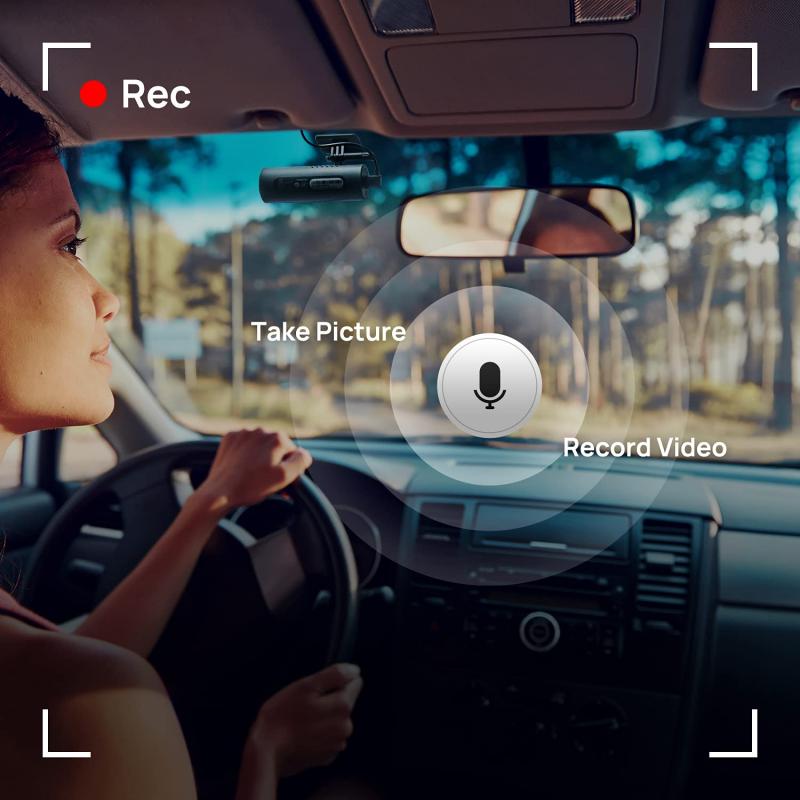
2、 Image brightness: 10x50 monoculars may provide brighter images due to larger exit pupil.
When comparing the power of monoculars, it is important to consider both the magnification and the objective lens diameter. In this case, we are comparing 10x50 and 12x50 monoculars.
The magnification refers to how much larger an object appears when viewed through the monocular. A 12x50 monocular will provide a slightly higher magnification than a 10x50 monocular, meaning that objects will appear 12 times closer compared to 10 times closer. This can be advantageous when observing distant objects or wildlife, as it allows for more detailed viewing.
However, the objective lens diameter also plays a crucial role in determining the image brightness. The larger the objective lens diameter, the more light can enter the monocular, resulting in brighter images. In this case, both the 10x50 and 12x50 monoculars have the same objective lens diameter of 50mm.
Therefore, in terms of image brightness, the 10x50 monoculars may provide brighter images due to a larger exit pupil. The exit pupil is calculated by dividing the objective lens diameter by the magnification. In this case, the 10x50 monoculars have an exit pupil of 5mm (50mm/10), while the 12x50 monoculars have an exit pupil of 4.17mm (50mm/12). A larger exit pupil allows more light to reach the viewer's eye, resulting in brighter images, especially in low-light conditions.
It is important to note that advancements in lens coatings and optical technology may have an impact on image brightness as well. The latest monocular models may incorporate improved coatings that enhance light transmission, resulting in brighter images even with higher magnifications.
In conclusion, while the 12x50 monoculars offer a slightly higher magnification, the 10x50 monoculars may provide brighter images due to their larger exit pupil. However, it is always recommended to consider other factors such as lens quality, build quality, and personal preferences when choosing a monocular.

3、 Field of view: 10x50 monoculars typically offer a wider field of view.
When comparing the power of monoculars, it is important to consider both the magnification and the objective lens diameter. In this case, we are comparing 10x50 and 12x50 monoculars.
The first number, 10x or 12x, represents the magnification power. A 10x magnification means that the object being viewed appears 10 times closer than it would to the naked eye, while a 12x magnification offers a slightly higher level of detail. However, it is important to note that higher magnification can also result in a narrower field of view.
The second number, 50, represents the diameter of the objective lens in millimeters. A larger objective lens allows more light to enter the monocular, resulting in a brighter image. Both 10x50 and 12x50 monoculars have the same objective lens diameter, so there is no difference in terms of brightness.
When it comes to the field of view, 10x50 monoculars typically offer a wider field of view compared to 12x50 monoculars. This means that with a 10x50 monocular, you can see a larger area of the scene you are observing, making it easier to track moving objects or scan a wide landscape.
However, it is important to consider that advancements in technology and optics can influence the performance of monoculars. The latest models may offer improved image quality, better coatings to reduce glare, and other features that can enhance the overall viewing experience.
In conclusion, while 12x50 monoculars may offer slightly higher magnification, 10x50 monoculars typically provide a wider field of view. The choice between the two ultimately depends on the specific needs and preferences of the user.
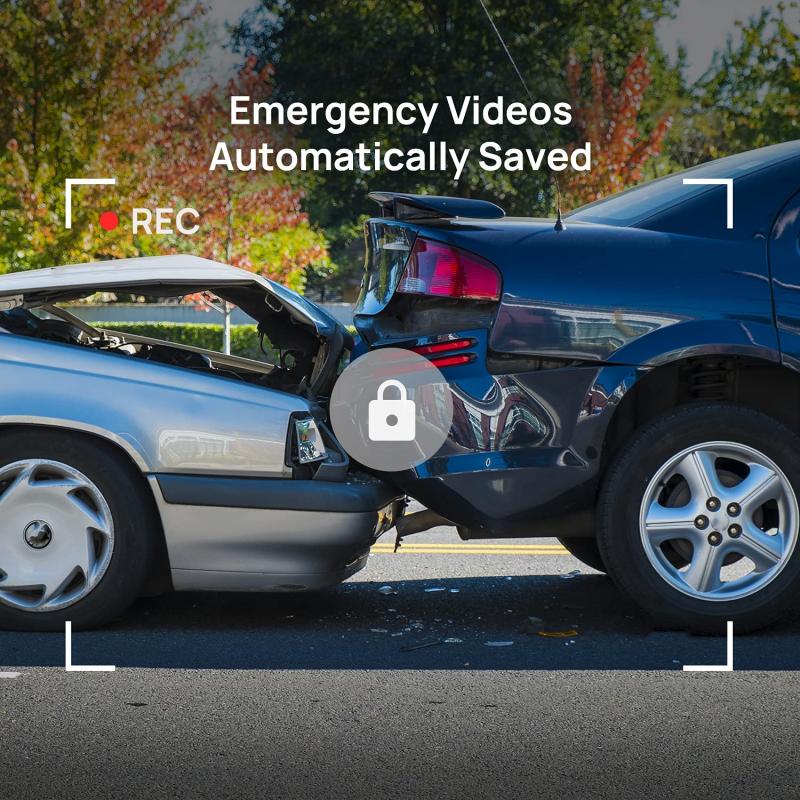
4、 Image stability: Higher magnification (12x) may result in shakier images.
When comparing the power of monoculars, it is important to consider various factors, including magnification and image stability. In this case, the question is whether 10x50 or 12x50 monoculars are more powerful.
In terms of magnification, the 12x50 monoculars have a higher magnification power compared to the 10x50 monoculars. This means that the 12x50 monoculars can bring the observed object 12 times closer than the naked eye, while the 10x50 monoculars can only bring it 10 times closer. This higher magnification can be advantageous when observing distant objects, as it allows for more detail to be seen.
However, it is important to note that higher magnification does come with a trade-off. Higher magnification can result in shakier images, especially when hand-held. The increased magnification amplifies any hand movements, making it more difficult to maintain a steady image. This can be particularly problematic when observing objects at long distances or in low light conditions.
Therefore, while the 12x50 monoculars may have a higher magnification power, the 10x50 monoculars may provide better image stability. The 10x magnification is generally considered a good balance between magnification and image stability, allowing for a clear and steady view of the observed object.
It is worth mentioning that advancements in technology and image stabilization systems have improved the stability of higher magnification monoculars in recent years. Some manufacturers now offer image stabilization features that help reduce shakiness and improve the overall viewing experience. Therefore, it is always recommended to consider the latest advancements and technologies when making a purchasing decision.
In conclusion, while the 12x50 monoculars have a higher magnification power, the 10x50 monoculars may provide better image stability. However, it is important to consider the latest advancements in technology and image stabilization systems to make an informed decision.
